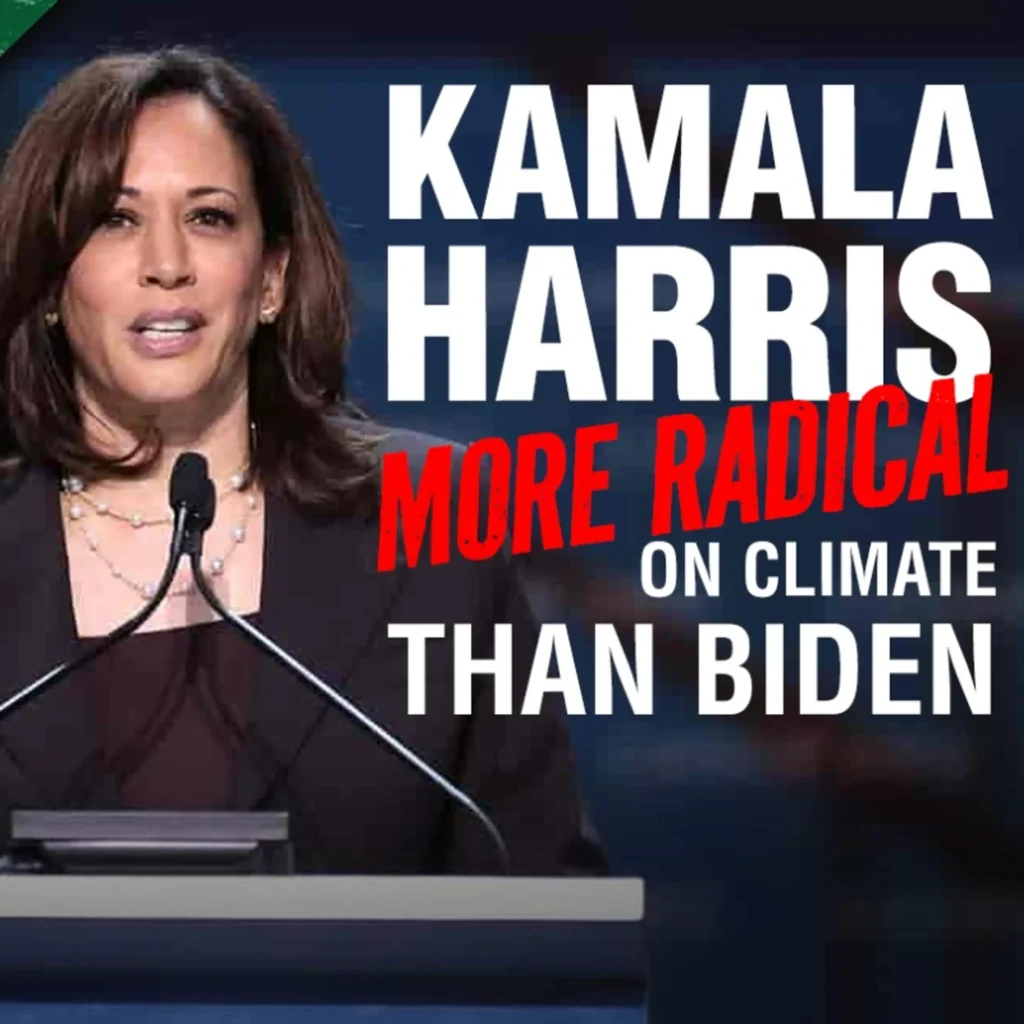Some five months ago, on May 13, the Environmental Protection Agency (EPA) proposed to impose more stringent emission standards on light-duty vehicles than are called for under the Clean Air Act Amendments of 1990. EPA argued that these standards, called Tier 2, are necessary to meet tough new ambient air quality standards for ozone and particulate matter that the agency promulgated in 1997.
The very next day, a three-judge panel of the U.S. Court of Appeals for the District of Columbia shocked EPA by rejecting its 1997 standards, saying they are not based on any “intelligible principles” and amount to “an unconstitutional delegation of legislative power.” While the court’s decision received extensive coverage, EPA has not withdrawn or revised its Tier 2 standards.
More Arbitrary Rule-making
EPA’s proposed Tier 2 standards “do not meet the statutory requirement that it is necessary to achieve the ambient ozone standard, nor that it is technologically feasible or cost-effective,” according to testimony submitted to EPA in July by the Regulatory Studies Program of the Mercatus Center, an independent research organization at George Mason University.
The Mercatus Center testimony offers a devastating critique of EPA’s logic and manipulation of data:
- “EPA has not demonstrated that its proposal is necessary to meet the current ozone air quality standards, since the vast majority of the country will be in compliance with them by the time the effects of this proposal are seen.”
- “[EPA’s] evaluation of cost-effectiveness is based solely on estimates of average cost-per-ton of ozone precursor emissions. . . . [C]onsumers in some western states will pay ten times EPA’s national average to reduce one ton of emissions. Furthermore, these consumers will derive no benefit, since they already enjoy air quality that meets the standard.”
Using EPA data, the Mercatus Center shows that just eight metropolitan areas and two rural counties are expected to be out of attainment with the current .12 ppm ozone standard in 2007, and many of these areas are within .002 ppm of attaining the standard. EPA fails to explain why it believes a national solution is appropriate for what is plainly a local problem.
Although the Clean Air Act Amendments require EPA to determine whether more stringent standards are technologically feasible, EPA presents no evidence that they are. Testimony by the Alliance of Automobile Manufacturers contends that serious technological barriers exist, and EPA itself admits that “no current LDTs [light duty trucks] have been certified at such low emission levels.”
EPA also overlooks other tradeoffs, such as between fuel efficiency and oxides of nitrogen (NOx) emissions, and the adverse effects of mandating one type of technology over other, possibly more promising types of technology. The Mercatus Center cites a 1999 report from the National Research Council expressing concern that the proposed standards “could jeopardize research efforts of the public-private program to create a highly fuel-efficient, affordable car.”
Clean Fuels Initiative
EPA’s plan to mandate a major reduction in the sulfur content of gasoline–from a national average of 340 ppm for gasoline sold outside of California in 1996, to just 30 ppm with a cap of 80 ppm. EPA claims new technologies will make this change achievable at a cost to consumers of just 1.7 cents per gallon, but just a year ago, an EPA “Staff Paper on Gasoline Sulfur Issues” calculated the cost at between 5.1 and 8.0 cents per gallon.
Production of low-sulfur gasoline requires the use of desulfurization plants which themselves release significant amounts of sulfur, NOx, particulate matter, carbon monoxide, and volatile organic compounds. Since these plants are often located in areas where air quality is already in compliance with air quality standards, local residents will experience a decline in air quality.
Refineries in Western states will be particularly hard hit by the low-sulfur fuel mandate. According to EPA data, the cost per ton of NOx removed reaches as high as $13,629 in Arizona and is above $9,000 in four states. EPA claims its proposal will cost an average of only $2,134 per ton in the near term and $1,748 per ton in the long term.
Ironically, consumers in Western states would be asked to pay the most for EPA’s Tier 2 standards, yet they are the least likely to benefit. According to the Mercatus Center testimony, “these states are all expected to be in attainment with the .12 ppm ozone standard.”
Worth the Price?
Nationally, EPA estimates the long-term annual cost of complying with its new standards to be $3.5 billion, while the annual benefits will range from $3.2 billion to $19.5 billion. As it did with the 1997 ozone standards struck down by the U.S. Court of Appeals in May, EPA insists on including highly speculative but enormous estimates of the health effects of reducing particulate matter concentrations.
But EPA itself admits that the Tier 2 proposal would improve air quality levels by an amount that is only one-third of 1 percent of the .12 ppm ambient ozone standard–an improvement of just .0004 ppm. Some of this reduction would take place in areas that already have clean air. It stretches the limits of credulity to suppose that such a minuscule improvement in air quality could have any effect at all on human health.
According to the Mercatus Center, the true benefits of the proposed Tier 2 standards are likely to be closer to $840 million, about one-quarter of EPA’s estimate, and this benefit may be outweighed by the negative effects of decreased incomes due to higher transportation costs. Childhood asthma, for example, is more closely linked to household income than to air quality, so spending billions of dollars to obtain a minute improvement in air quality is likely to increase, rather than decrease, the incidence of asthma.
“In fact,” says the Mercatus Center testimony, “the proposal would offer little in the way of public health and welfare benefits, and could actually make public health worse.”
A Better Way
“The CAAA does not require EPA to rush to regulate,” notes the Mercatus Center testimony, “and neither need, technological feasibility, nor cost-effectiveness considerations compel EPA to do so.” The Center recommends allowing states and regions to institute controls as necessary to meet air quality standards and protect local public health; examine the cost-effectiveness of individual parts of the Tier 2 proposal; design an emissions trading program that avoids the serious pitfalls of that suggested by EPA; and phase in the program over a longer term than contained in EPA’s proposal.
Joseph Bast is president of The Heartland Institute. His email address is [email protected].




